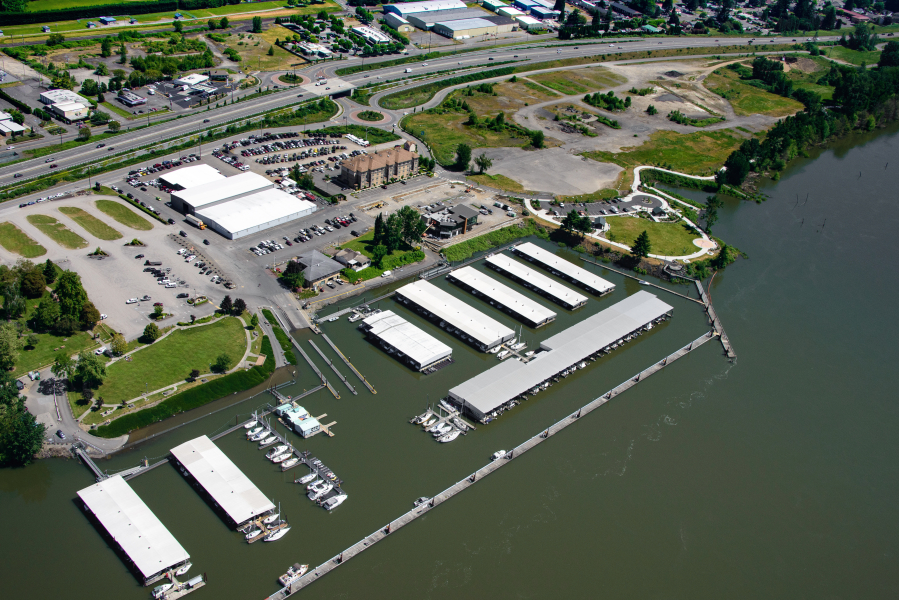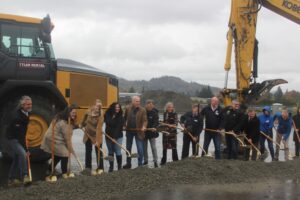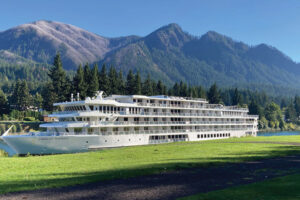Port of Camas-Washougal officials are laying the groundwork for several major projects, with construction slated to begin within the next three years.
“2020 will be big for designing and grant-applying,” said Kim Noah, the Port’s director of operations. “Then, 2021 and 2022 will be big construction years.”
At their Oct. 22 meeting, Port commissioners voted to adopt the agency’s 2020 budget, which projects revenues of $4,122,897 and expenses of $3,845,294, for a net profit of $277,603.
“I feel we’re headed in a good financial direction,” Noah said. “Our net income is staying steady. I feel really strong about all of our operations. The Port’s really healthy right now. Next year’s going to be another great year. There will just be a lot of focus on the waterfront development. That’s kind of the unknown piece we have right now, but on our other three operations it’s full steam ahead.”
Commissioner Bill Ward agreed with Noah.
“(The budget is) pretty solid,” Ward said. “The most important thing is: What is the income from the airport, and what are the expenses? Are we making money? Same thing with the industrial park, which we have a large income from, and we should, because we have developed it, and we’ve got ongoing tenants.”




